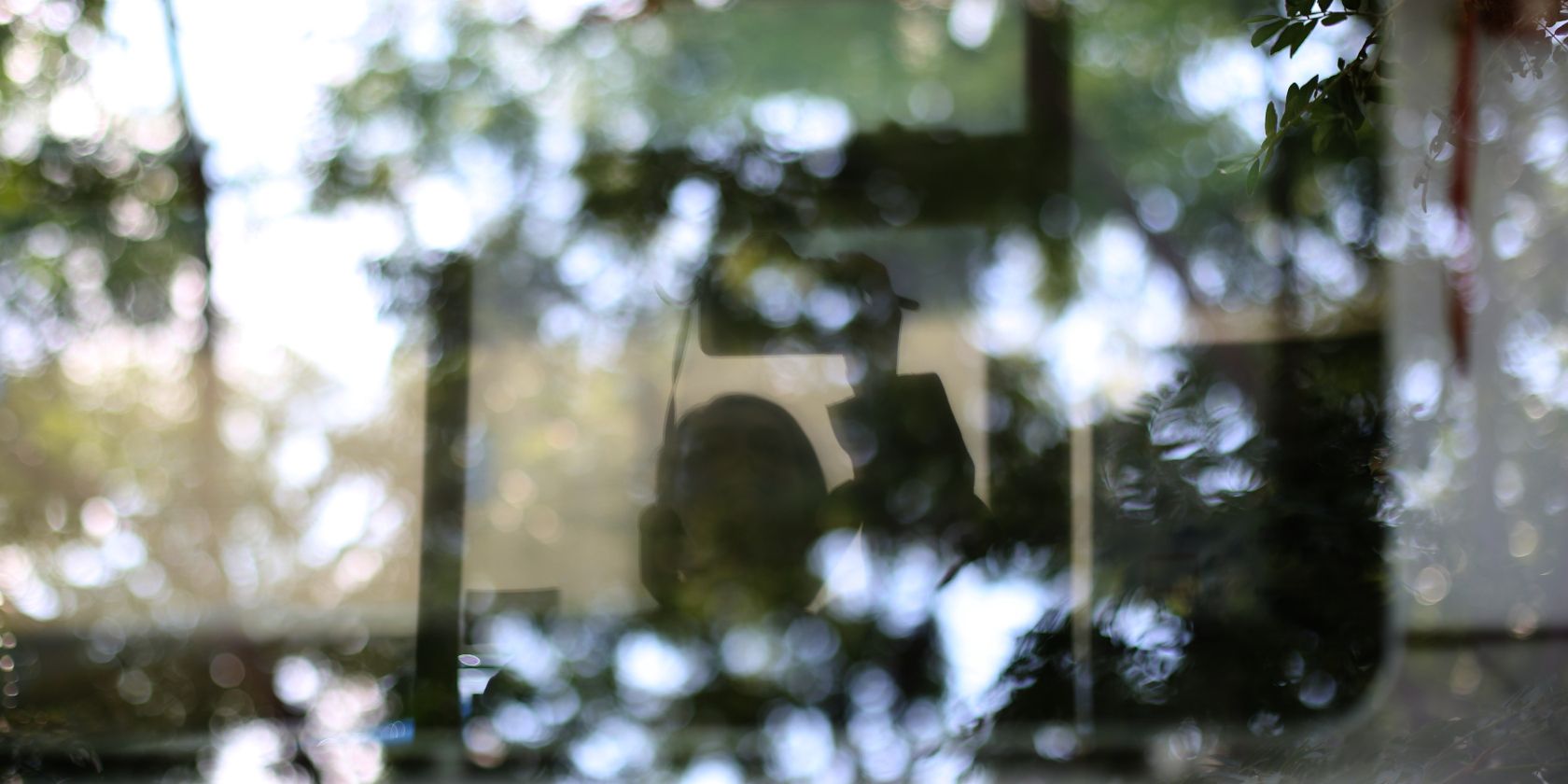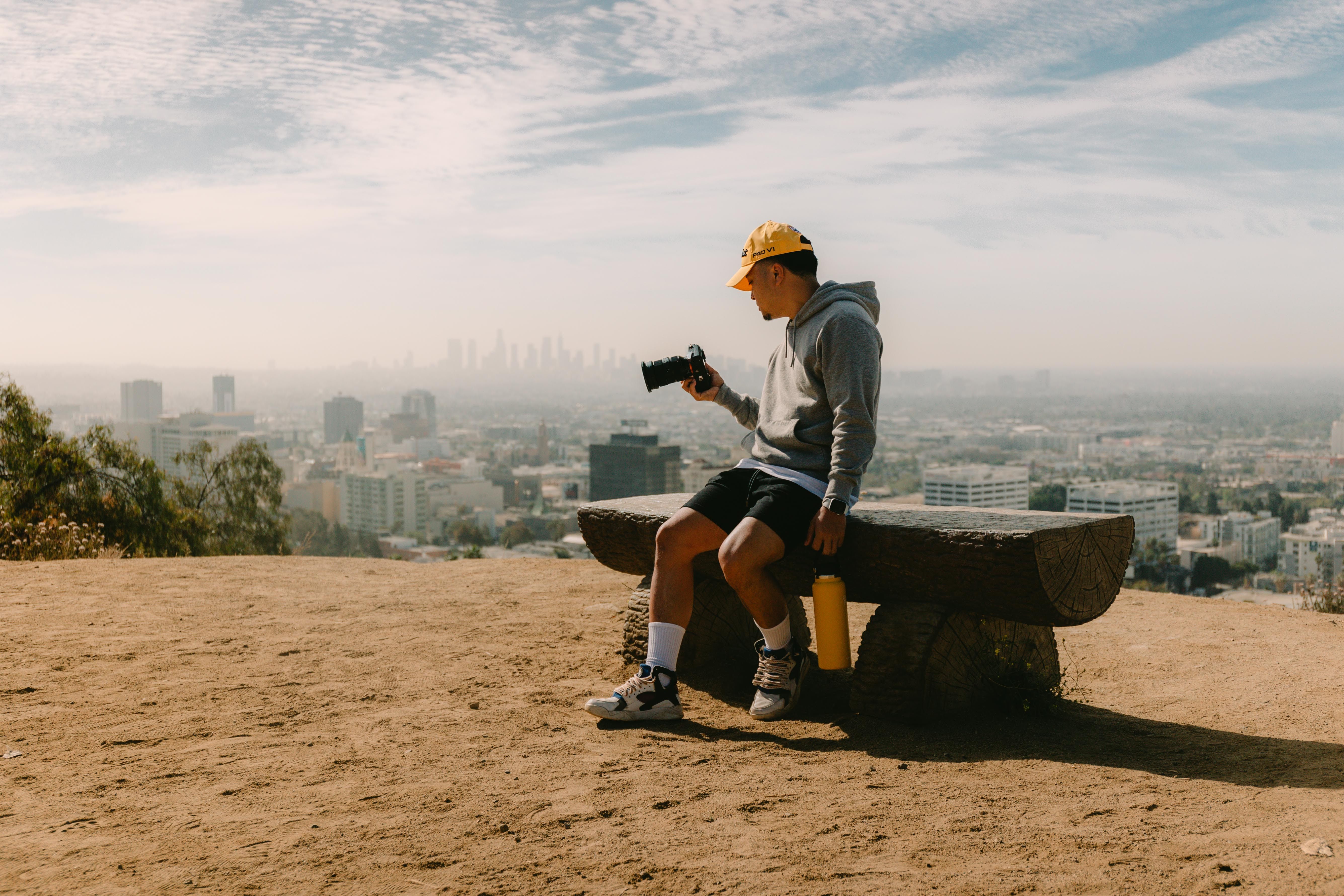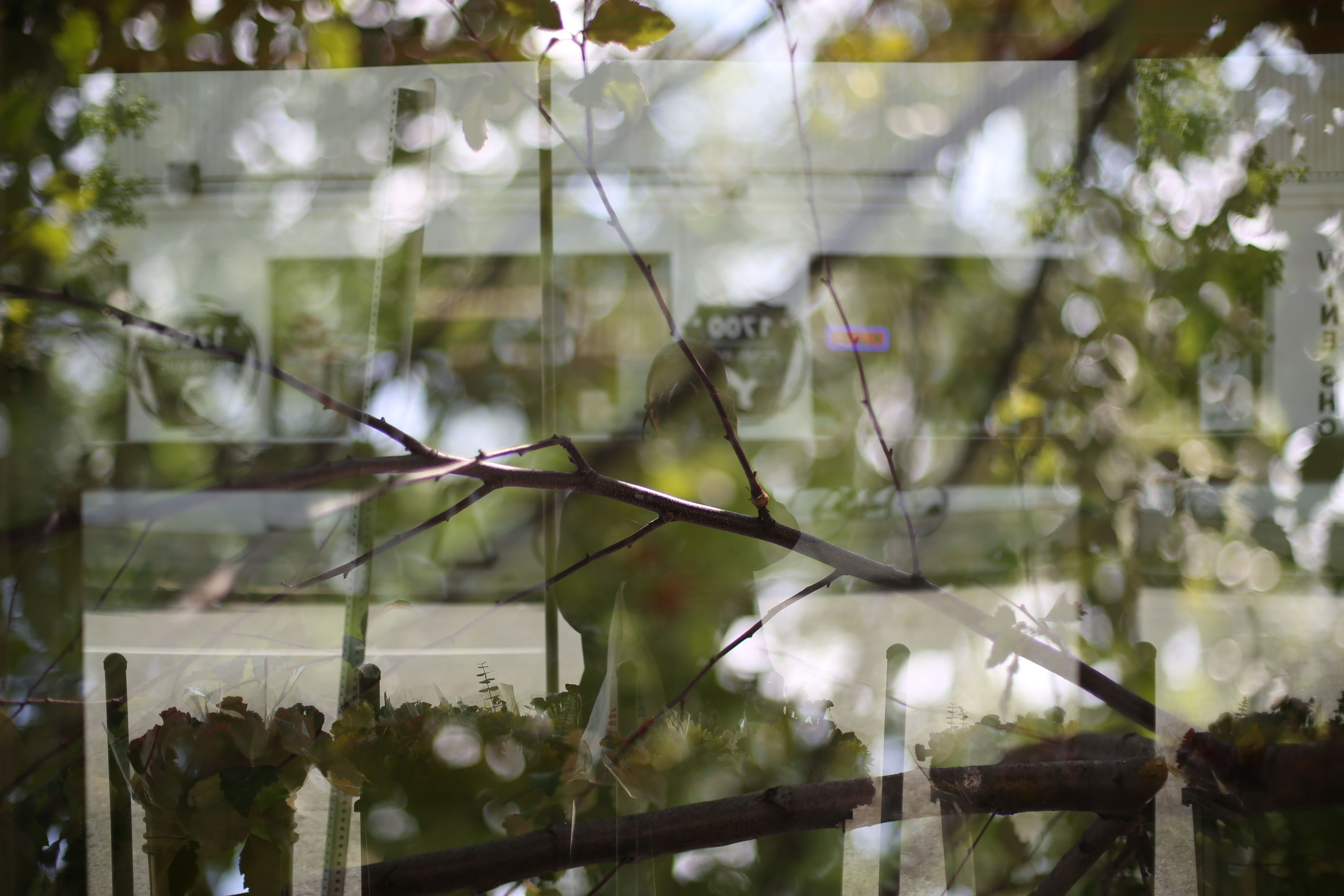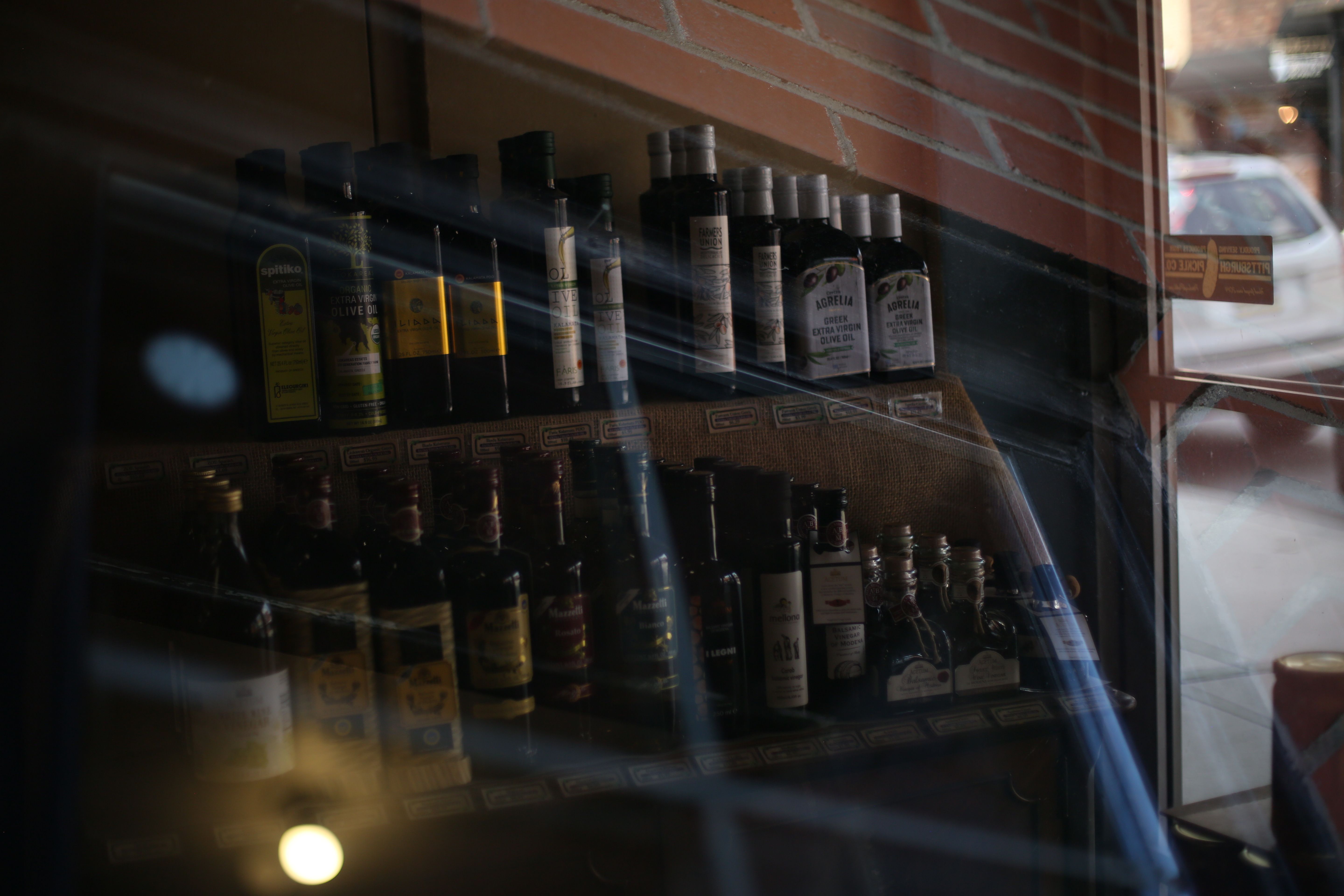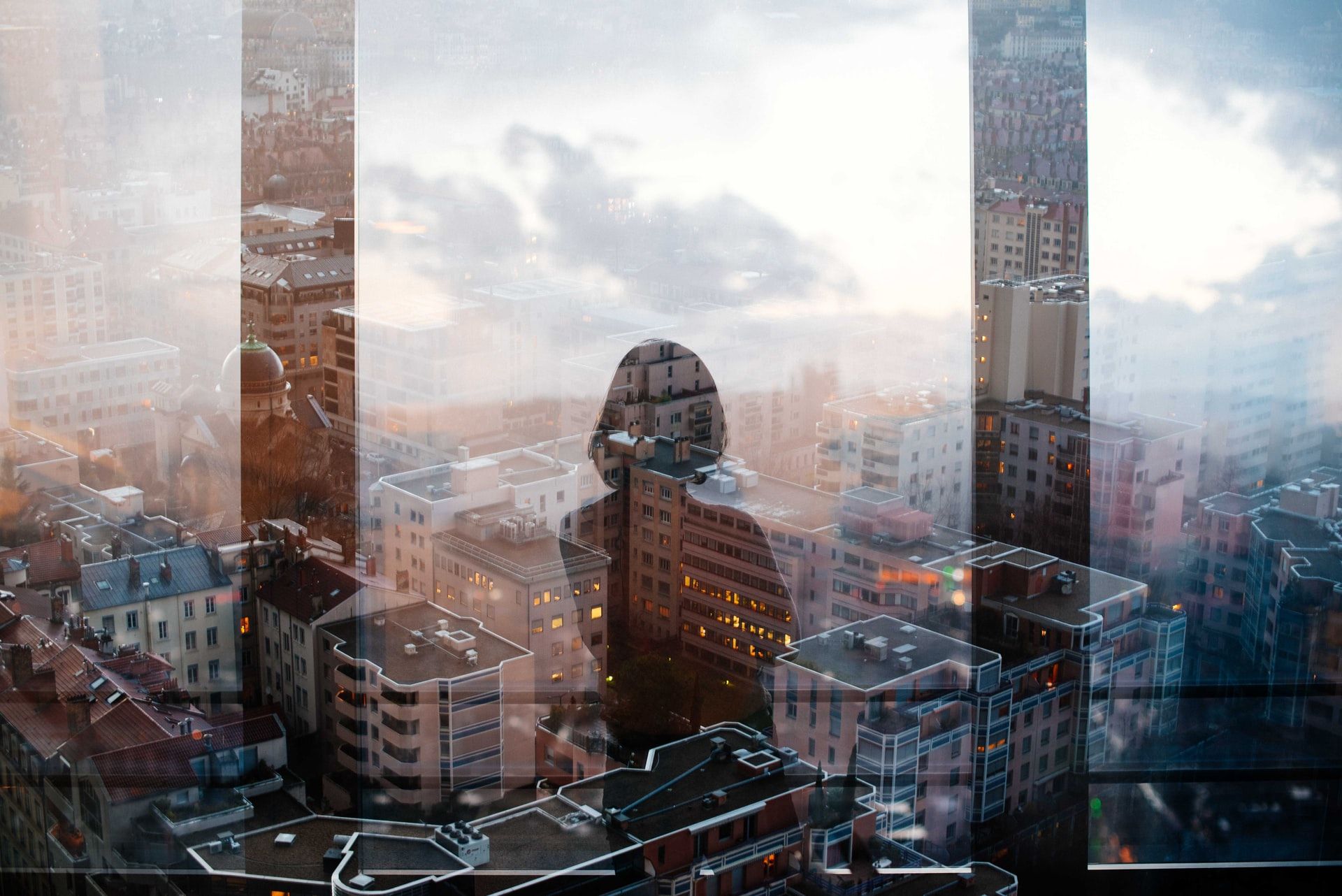Nowadays, everybody's got a camera in their hand. We're so used to being able to snap whatever is in front of us, the impulse has become ordinary and pedestrian.
Enter the world of double exposure photography. You break free from the mundane and banal, stunning the viewer with images that ricochet off of one another like fireworks. So what is double exposure photography? Let's dive right in.
What Exactly Is Double Exposure Photography?
First, we ask ourselves: what is a single-exposure photo, plain and simple?
When you take a photo, the shutters of the lens's aperture briefly expose a photosensitive field behind it to just enough light to register an image. If the camera uses film, the cell is developed along with the rest of the roll after being shot out. Each resulting photo will correspond to a single exposure of this nature.
The same goes for a digital camera, only without the hassle of physically developing and scanning the film. Every time you pull the trigger, one exposure is captured for later.
For the sake of illustrating the concept, let's think back to the consecutive cells of film found spooling through a film camera's inner workings. The machine advances the filmstrip by one frame every time a photo is taken; this is what makes them separate, discrete images, as opposed to one illegible, disorganized mess.
To prevent the camera from jacking things forward after you've exposed the portion of film still behind the lens, the following image is laid on top. This, in essence, is multiple exposure photography in its most fundamental form.
Why Try Double Exposure Photography?
The creative possibilities before you with these principles in mind are extensive. While, in a commercial sense, safety and consistency are very valuable, shooting for yourself should be an experience of creative exploration.
Many artists appreciate film photography for this reason; it adds an element of intrigue and danger to your work. When you're not able to check each shot out as you go, you're left to fend for yourself using only your knowledge and creative intuition.
For the fainter of heart, plenty of digital cameras give you the ability to lay multiple exposures into a single frame, too. A quick search through your user manual will show you the right way to proceed.
Best Practices for Double Exposure Art
There are several things to keep in mind when shooting multiple exposure photography, especially with film.
Photography Is Additive
When you flash the field, you bring parts of it to life. If it's already been sufficiently exposed, these portions of the image will occlude anything that comes after.
Exposure latitude is the gamut of values that a piece of media can acceptably convey at once. When multiple exposures are taken into consideration, the array of values continues to stack, as opposed to starting fresh from zero, such as in the case of a single exposure.
The areas of the image that are darkest will actually be the parts where any subsequent exposures will come through the strongest. Keeping this in mind as you compose your shots will help you orchestrate the image as a whole, and prevent excessive pile-up where you don't want or need it.
The Art of Composition Is Nuanced
Double exposure photography goes beyond the rule of thirds. Crafting an image that keeps the eye occupied without confusing it is a fine balance to strike, even with only one photo in mind. Depending on the type of character that your work embodies, you may want to plan both shots out to some extent before throwing them down.
Anything vital in either exposure should be accounted for deliberately. The last thing that you want is to clutter the areas of the photos that you want to come across clearly.
You Have to Keep Trying
The aforementioned precursors are not in any way meant to discount the process of abstract exploration entirely. The world is out there to revel in, and some of your most exciting double exposures may come to you in totally unexpected ways.
We will never recommend that you waste something as expensive as real film on an idea that you're only halfway sure about. The advent of digital double exposure photography gives you plenty of disposable media to work out the kinks in your approach, however. Practice makes perfect.
Aside from that, it really does come down to the type of thing that you're shooting. Should you start with the image that will bring in the majority of the light first? In what scenarios would it be better to begin with your scantest, most isolated selections, and build upon those gradually?
Experimentation will yield the answers that you seek. Constantly keep yourself thinking about something new to try.
How to Take Multiple Exposure Photography
The hardware of your camera will be the main thing to consider when starting out. This is especially so if you're using a film camera, which is why we recommend familiarizing yourself with your gear before entrusting it with anything extraordinarily important.
Your treasured thrift store favorite is likely more than capable of taking double exposure photos. It could be as simple as not pulling the crank after exposing a cell, re-poising the camera for the second exposure in some other way. A bit of research and tinkering is always the best way forward.
You will feel the most amount of peril the first couple of times that you try to do this, with your comfort level rising as you review each progressive roll of shots. DSLRs and mirrorless cameras do the thinking for you with the right settings enabled, making double exposure photography a fast and fun way to liven up your work. Some modern film cameras can do this automatically, as well.
Mimicking Double Exposure in Post-Production
You can, of course, recreate an approximation of what would have been a true double exposure in a program like Photoshop. This goes for both digital and analog images alike.
Doing so may be as simple as super-imposing one image over the other. You can also play with various blending modes and filters if you're going for something that feels artisanal and authentic. There are no rules here.
Exploring Double Exposure Photography
If you're looking for new ways to revitalize your favorite subjects, why not try double exposure photography? This technique is loved by many, and it could be just what your next shoot needs.
Double exposure photography transforms your world into a cascading dream of extraordinary wonder. That, or a chaotic nightmare, depending on your circumstances. Either way, it's certainly worth giving a try.

